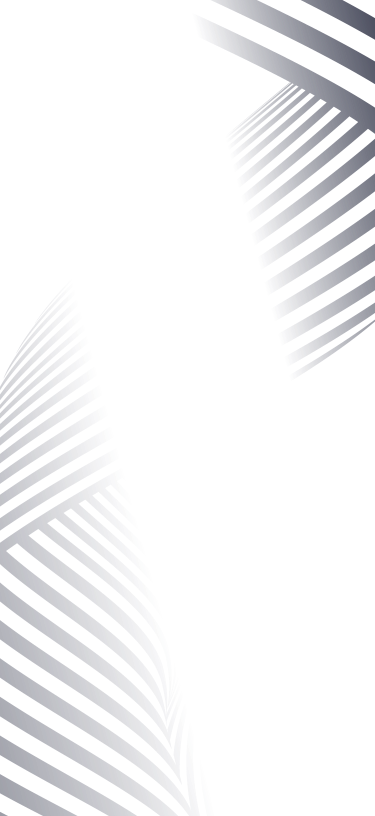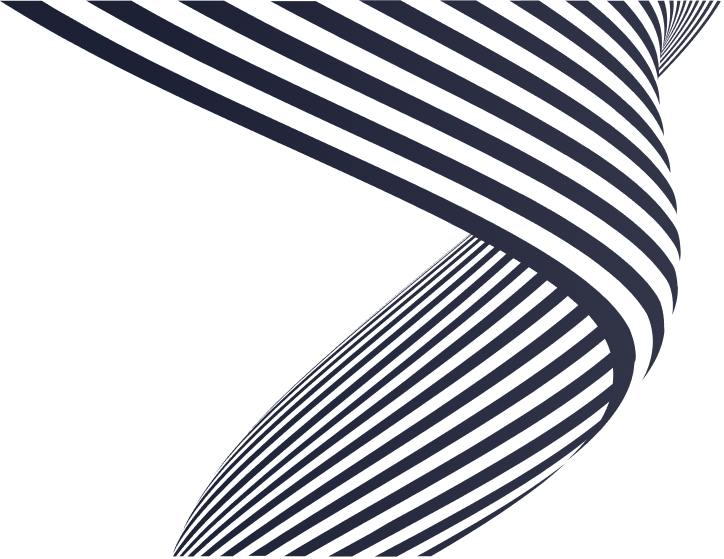Broadcast students believe in better
On Tuesday 13 March we took a group of Media Technology students to Sky Television in West London.
The tour began in the largest building on campus, Sky Central. Our host Ian Fraser explained that it was mainly an office building but included the glass box studio used for Sky News at certain times of day.
We saw how, to keep the floor clear, the four cameras are mounted from a rail in the ceiling. Their position, height, pan, tilt and zoom are remotely controlled by an operator in the gallery in a different building. All the control signals and the returning video from the cameras are carried on fibre optic cables.
We saw the video wall behind the presenter composed of LEDs 3mm apart, attached to 150mm tiles, close mounted together and how a layer of plastic diffuser hid the individual pixels in the final on-camera image.
We then saw the onsite cinema which in addition to playing commercial movies for staff in the evenings is used for a variety of internal uses from press previews to product launches.
The cinema is equipped with a Dolby Atmos audio system in a 7:1 configuration. One of the students counted over 40 speakers visible along the walls and in the ceiling. Ian explained that this total did not include the bass drivers behind the screen.
We walked across the campus, seeing other buildings including the gym, cycle shop, a building housing Now TV operation and development and the Sky Academy where future sports, cultural and journalism students are learning to develop their skills.
We then entered Sky Studios where we saw a variety of studio and gallery areas. Ian explained that the size of the building meant that signals between the technical equipment rooms and the galleries and studios are all converted to travel on optical fibre to avoid signal loss.
It was also explained how a routing system means that any gallery can work with any studio floor for maximum efficiency. Dual redundant routers separate all the signals that would normally run straight from a gallery to its studio floor.
We saw the studio floor used for Monday Night Football and the Touchscreen table used by Gary Neville and Jamie Carragher, to move players round in virtual graphic form during analysis.
Ian explained that the virtual system used small cameras mounted on the front of the jib system to locate the camera in its virtual space position, by recognising set highlights from its calibration.
We went into another studio which Sky News uses and saw a similar virtual system that places background into a green end of the studio. Ian described how a small camera mounted on top of the bed camera took its bearing from a random pattern of reflective discs in the ceiling. A map of its positioning was displayed on the side of the unit.
We had a quick visit to the Sky Sports News newsroom studio but could not stay to examine it as it is live on air at all times.
While visiting the fourth floor to see the transmission and master control areas our party met a former Solent graduate, Will Snook, who explained his role in engineering support.
The transmission area was surprisingly open plan, rather than having separate booths for different channels. It was explained that there are boots for channels that have a live element such as news and sport, but most of the channels on the Sky platform have automated scheduling that can be overseen by a small number of controllers.
In MCR we saw how a new section dealt with recently installed routing for Sky News in which all the signals were IP based rather than video, in preparation for the future move to this format.
We came home having had a most informative and entertaining trip.




